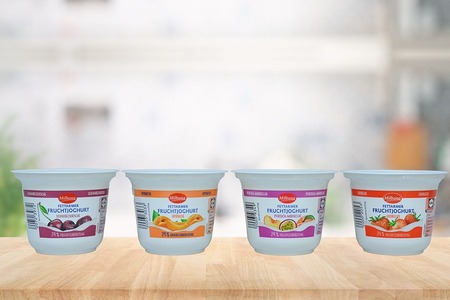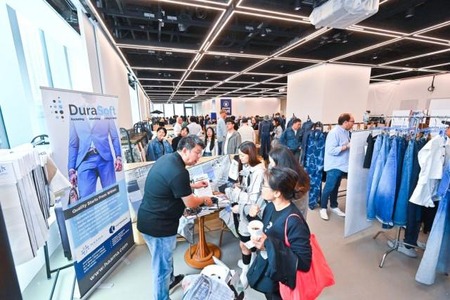AEPC to spread awareness of new special advance authorization scheme
YarnsandFibers News Bureau 2016-09-10 17:00:00 – New DelhiThe Apparel Export Promotion Council is organizing a nation-wide drive to spread awareness about the new special advance authorization scheme announced by the Centre last month, so that all exporters can take advantage of it, said Ashok Rajani, Chairman, AEPC.
The garment exporters from India pay on an average an import duty of five percent in the EU when countries such as Bangladesh pay zero duty, the additional reimbursement in the form of the special advance authorization will help to bridge the gap. In the US, the import duty on garments range from nine percent to 20 percent.
Rajani said that India has been losing to competition from smaller nations like Bangladesh and Vietnam because of higher labour cost, absence of cluster manufacturing and inability to attract women workforce to reduce labour costs. Banking on trade agreements and low manufacturing overheads, these countries have started to pose a serious threat, especially in the EU and the US.
The government’s decision to allow duty-free import of speciality man-made fabric (which will add up to an additional duty drawback reimbursement of 3.2 per cent to 4.7 per cent) will help immensely in increasing Indian exporters’ competitive edge, Rajani added.
Ajay Sahai from the Federation of Indian Export Organisations (FIEO) pointed out that the additional benefit to exporters of high-end garments that use speciality fabric could roughly help to offset about 2-3 percent import duties in the Western markets.
Since duty free import is allowed only of speciality fabric and not all man-made fabric, it is not expected to hit the domestic industry, pointed out Sahai.
The Textile Ministry and the Directorate General of Foreign Trade have framed the scheme on the premise that it would make speciality fabric, which is imported and not produced in the country, cheaper. If it turns out that it is affecting some domestic manufacturers, they have to be provided a level-playing field.
Ready-made garment exporters are hopeful that the government’s decision to exempt import duty on speciality man-made fabric used as inputs for exports can help them compete better with smaller countries such as Bangladesh and Vietnam that have the dual advantage of low operating costs and preferential access to markets such as the European Union.
According to industry figures, India’s ready-made garments exports in 2015-16 were worth $17.1 billion, Bangladesh’s garments exports in 2015-16, were valued at $28 billion.
Market Intelligence
Ask for free sample Report

experience
Customer Base
dedicated team
Countries Served Worldwide









